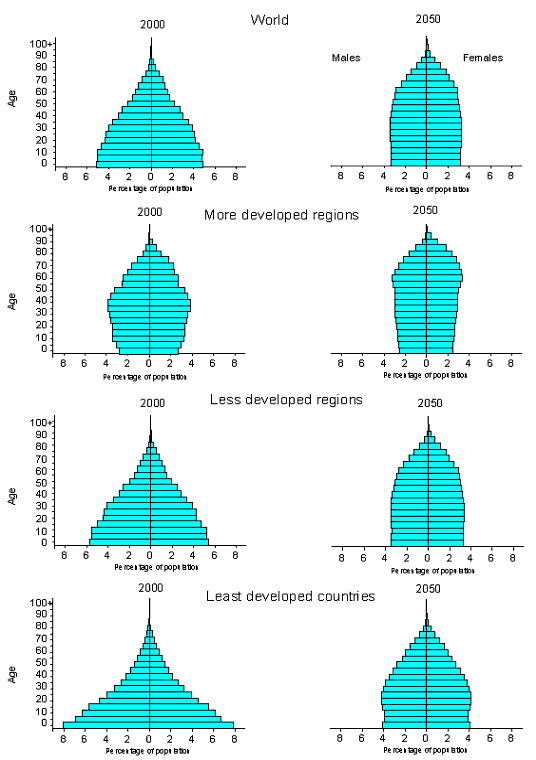The changing demographics of the world’s population are important to recognize as they have significant implications on health, politics, the economy, and society in general. So, what are the trends in aging: Is the population getting older? younger? staying the same?
According to the United Nations, 1 in 10 people in the world is over 60 years of age. By the year 2050, the proportion of those 60 years or older will double to 1 in 5. In developed countries, the proportion of elderly in the population is already 1 in 5, and in the next 50 years will reach 1 in 4 or even 1 in 2 in some areas. Coinciding with this, will be a drop in the proportion of children in the population.
We must learn from our experience of the last 50 years. During this time, life expectancy at birth increased by 20 years, and the trend is expected to continue in the next 50 years. Today, the fastest growing segment of the population are the “oldest old” – those greater than 80 years of age. In Canada, for example, this group’s numbers have soared 41% between 1991-2001.
Not everyone can say that they know someone who is at least 100 years old. This will no longer be the case in the next few years as the numbers of centenarians (those 100 years old or more) are expected to multiply 15-fold to 2.2 million by 2050.
The figures below help illustrate the important trends, and also demonstrate regional variation.
Figure 1: Population pyramids: age and sex distribution, 2000 and 2050.
Back to top | Next Page Page 1 of 2
- Why Healthy Aging Medicine?
- What is Healthy Aging Medicine?*
- Beating Heart Disease – Public Enemy Number One
- HGH, the Master Hormone of Youth*
- The Pacemakers of Youth*
- My Best Friend, My Worst Enemy
- Joining a Longevity Program: What to look for
- Fighting the Aging Process: Quick Fixes and Misconceptions
- Cell First® Theory of Aging
- Other Theories of Aging
- Signs and Symptoms of Aging
- Life Expectancy
